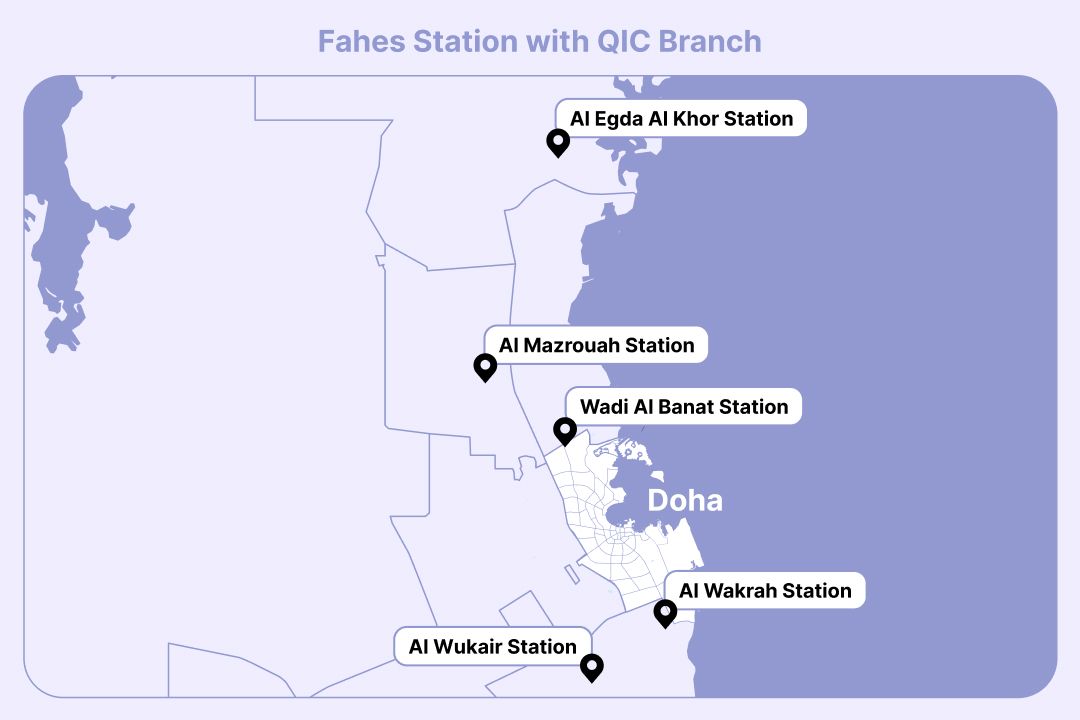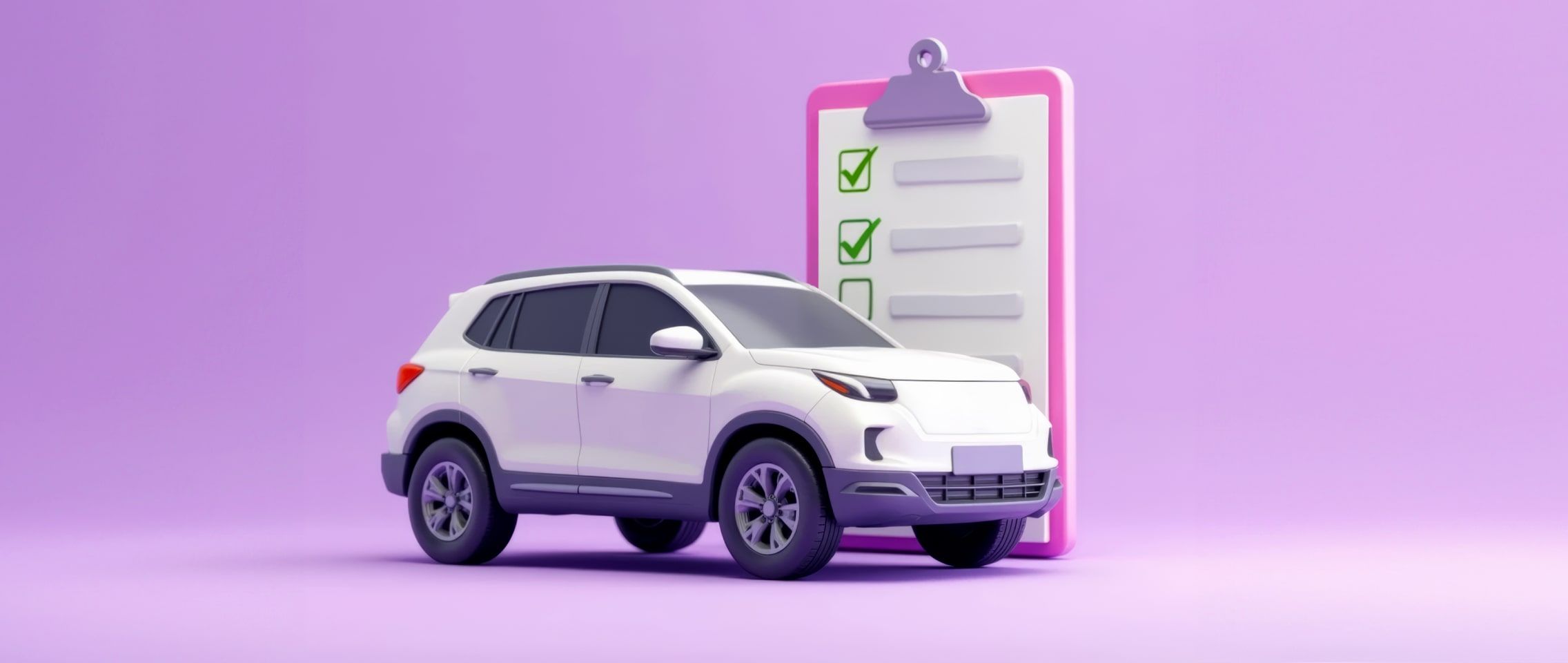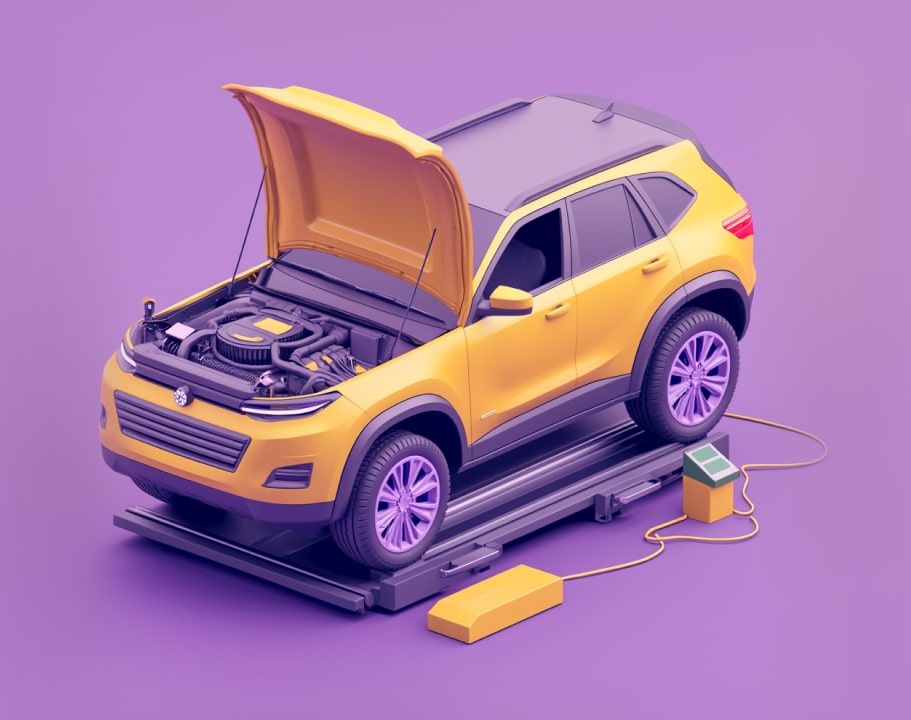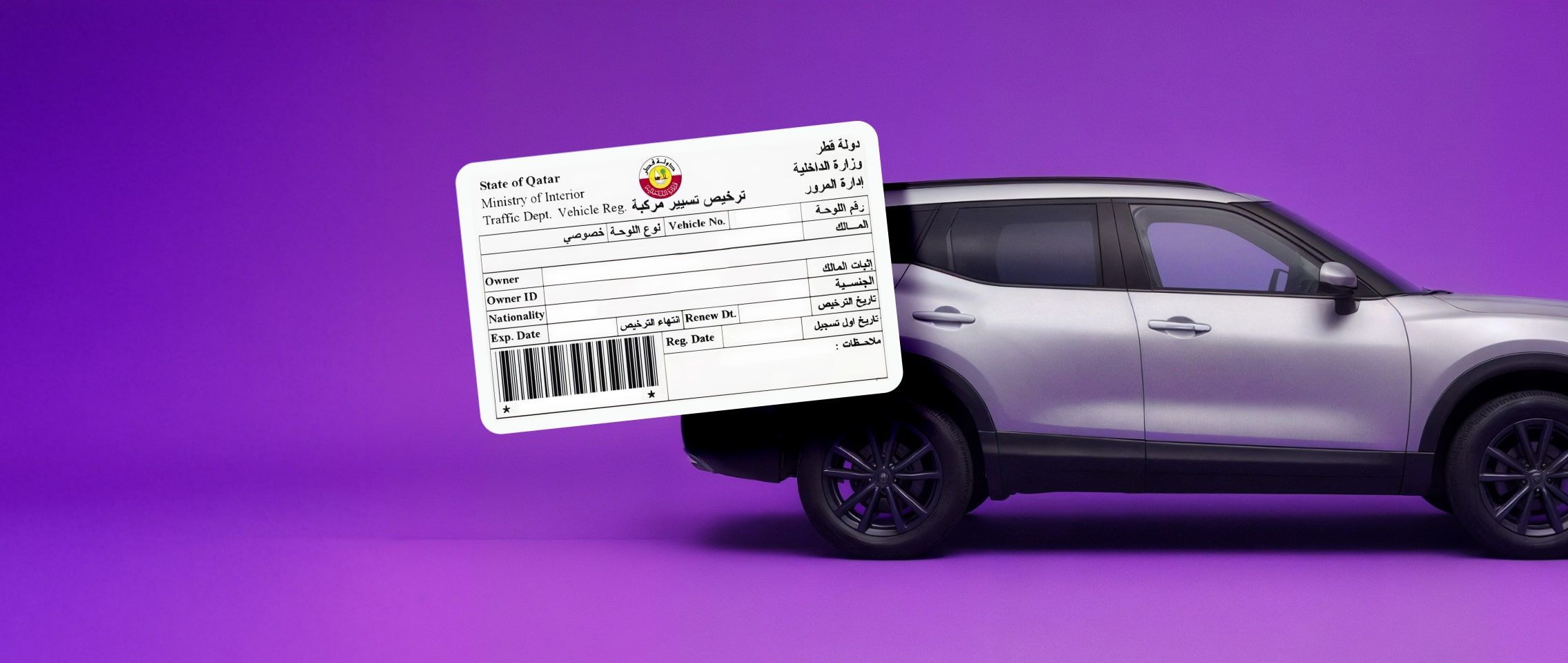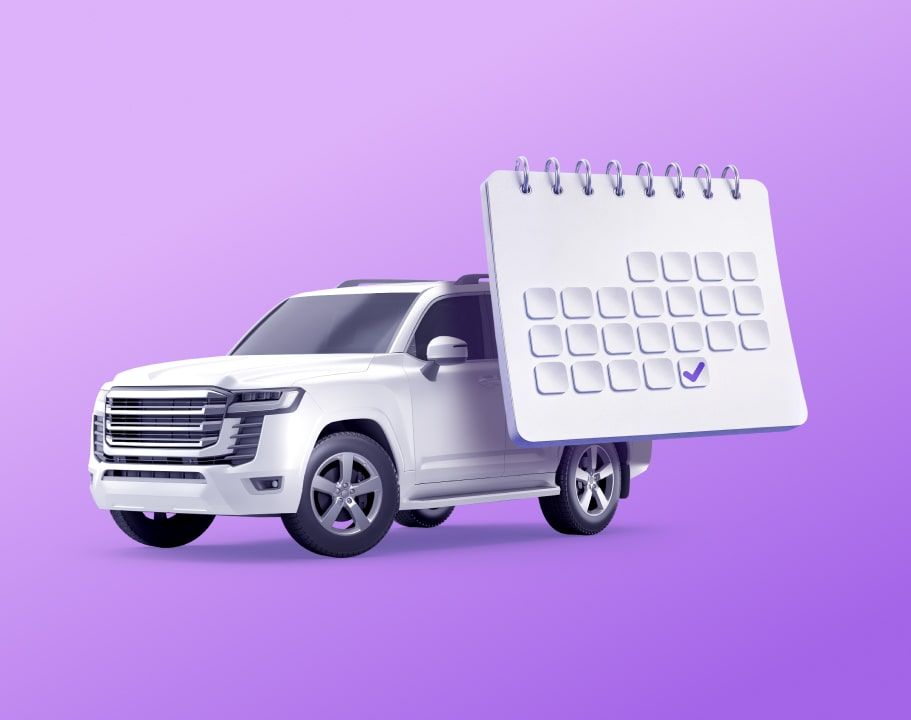Contents
Fahes vehicle inspection is an annual mandatory check for anyone owning a vehicle in Qatar. It serves to verify whether the vehicle meets the Qatari road requirements. So, it isn’t there to make any repairs or adjustments to the car, it’s a service that examines whether your vehicle fulfils the requirements to be on the road. Therefore, any repairs to your vehicle should be done before Fahes.
The inspection is performed annually — the first mandatory check comes after three years of driving. Fees range from QAR 150 to QAR 300.
With these fees being a recurring expense, you want to pass the inspection on the first try. Below you’ll find all the key Fahes checks to thoroughly prepare your vehicle for a successful inspection.
The Fahes vehicle inspection consists of three stages, and your vehicle has to pass all of them. Let’s go over each one to make sure you’re well-prepared when the Fahes day comes.
Bear in mind — all of these checks are not only necessary for passing the inspection, but they’re also keeping you safe. So, you should inspect all of these parts of your vehicle even when the inspection isn’t due.
Exterior inspection
If you haven’t already guessed by its name, exterior inspection verifies the state of your car from the outside. Therefore, your first step will be checking the states of the lights, tires, and the body of your vehicle.
-
Vehicle lights: Headlights, taillights, and fog lights help you see and be seen in low-light or rainy conditions and communicate your intentions to other drivers. So, it’s crucial they’re in good shape
-
Tires: Properly functioning tires provide the grip needed for braking, turning, and accelerating, especially in wet or slippery conditions. Worn or damaged tires are more likely to fail suddenly, which can lead to serious accidents. Lastly, underinflated tires increase rolling resistance, making your engine work harder and burn more fuel
-
Vehicle body: The body and frame are designed to absorb and distribute impact forces in a crash. Rust or damage can weaken this structure and even cause corrosion, which can eat through metal panels and compromise important parts like brake lines, suspension mounts, or fuel lines. Furthermore, dents or prior damage may indicate previous accidents and could mean that important safety features (like crumple zones or airbags) might not function properly
Functional tests
Functional tests ensure brakes and shock absorbers are fine, and exhaust pollution does not exceed normal limits.
-
Brakes help maintain control during turns, hills, and emergency maneuvers, especially in slippery or heavy-traffic conditions. If you're involved in an accident and your brakes were faulty, you could be held legally responsible, even if the other driver contributed to the crash
-
Shock absorbers and springs are key components of the suspension system, which affect safety, comfort, and vehicle control. If they’re worn out or faulty, you risk losing control of the car and increasing the stopping distance. Moreover, a failing suspension can put extra strain on other vehicle parts, like the chassis, steering, and brakes, leading to more costly repairs down the road
-
Vehicle exhaust contains harmful gases like carbon monoxide (CO), nitrogen oxides (NOx), and hydrocarbons (HC). Exhaust gases can cause or worsen respiratory problems, heart disease, and other serious health conditions. High pollution levels may signal problems like a faulty oxygen sensor, a malfunctioning catalytic converter, incomplete combustion, or fuel system issues
Interior and safety checks
The interior of your vehicle also has to be in good shape. Here are the safety elements to consider:
-
In a collision, a properly functioning seatbelt holds you in place, preventing you from being thrown forward, into the windshield, or even ejected from the vehicle. Seatbelts distribute crash forces across the stronger parts of your body (pelvis and rib cage), greatly lowering the risk of serious injury
-
Airbags also need to be checked out. They are designed to work in conjunction with seatbelts, not replace them. Without a properly fastened and tensioned belt, an airbag may not protect you as intended, or could even cause injury by deploying against an unrestrained occupant
-
A working child safety lock keeps your kids safely secured inside the vehicle, even if they play with the door handle
Is Fahes enough to keep you safe?
Passing a Fahes vehicle inspection is an indicator that your car is in good shape and allows you to fulfill conditions for other driving necessities, such as Istimara renewal. However, road safety involves more than just technical checks — having a solid insurance policy adds an important layer of protection in case something happens.
Six Fahes centres now include a QIC branch, allowing you to complete both the mandatory inspection and your car insurance in one place.
